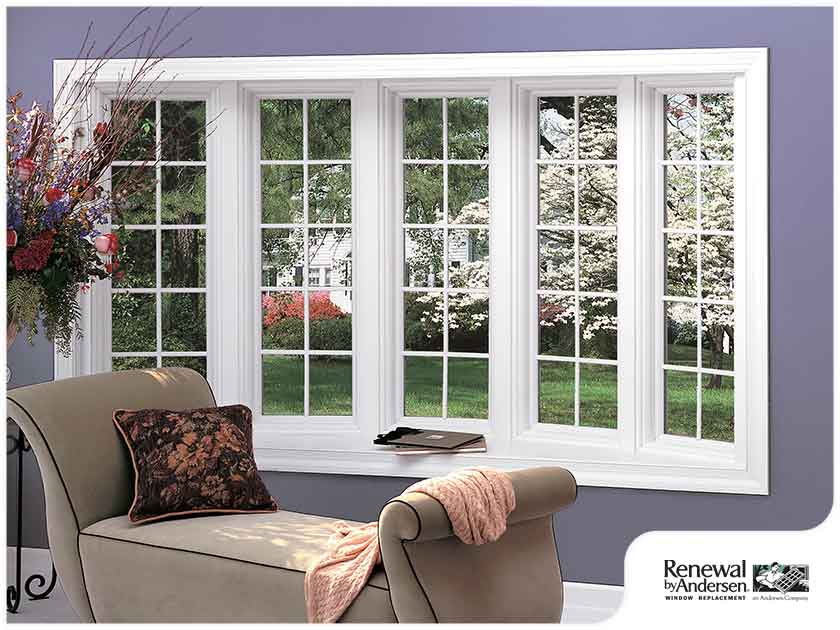You may hear the words “muntin” and “mullion” tossed around when you’re preparing to replace your windows or patio doors. These terms are often used interchangeably, but they actually refer to different things. Read on as Renewal by Andersen® of Portland explains the difference between muntins and mullions.

Muntins
One of the earliest references to a muntin can be traced back to 1688, when the writer R. Holme referenced “moontans and panels.” In 1850, an English architectural glossary gave a clearer definition: “English joiners [who] apply the term ‘muntin’ to the intermediate upright bars of framing, and call the outside uprights styles.”
Back then, muntins were structurally necessary for the outer walls of older buildings, which couldn’t carry their own weight when large windows were installed in them. Muntins provided critical structural support to the wall, ensuring the weight of the window was balanced vertically. Muntins today refer to any kind of vertical divider, whether for replacement windows, doors, furniture or wood panels. Muntins are primarily for decoration nowadays as opposed to structural support.
Mullions
The technology needed to manufacture large sheets of glass was not developed until after the Victorian Era. Before that, large windows were constructed via small, individual panes of glass held together by supportive mullions. A mullion refers to the vertical piece of wood separating the panes of glass, not both the verticals and the horizontal stile pieces.
Today, mullions are the vertical bars between the panes of glass in a window. As with muntins, their role is primarily decorative now.
If you’re looking for a contractor you can trust to handle your window or door installation, turn to Renewal by Andersen of Portland. Call us today at or you can fill out our convenient online form. We serve customers in Portland, Wilsonville and nearby areas.










